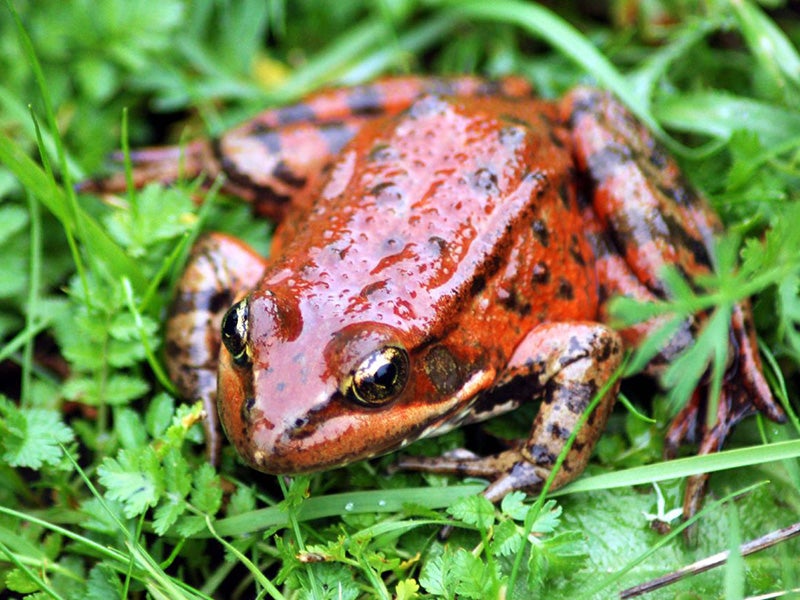Protecting the Red Legged Frog's Critical Habitat
The lawsuit sought not only to protect Mark Twain's celebrated jumping frog, but also the scientific integrity of the Endangered Species program.
Clients
Regional Office / Program
Case Overview
In the spring of 2006, the U.S. Fish and Wildlife Service bowed to industry and developer pressure by issuing a rule that greatly diminished the critical habitat of the endangered California red legged frog. Critical habitat is defined to include those areas that are “essential to the conservation of the species.” Also, by law, critical habitat determinations must be made based upon the “best scientific and commercial data available.”
Earthjustice discovered through Freedom of Information Act requests that political pressure by officials in the D.C. office, including former Deputy Assistant Secretary of the Interior Julie MacDonald, rose to the level of improper influence compromising the scientific integrity of the final critical habitat rule. This pressure caused field office scientists to ignore important scientific documents, such as the frog’s Recovery Plan, and to exclude from the final rule significant areas of habitat that the FWS had previously determined were “essential to the conservation” of the frog. The result was a final critical habitat rule that did not provide for the recovery of the frog, nor was it based on the best available science.
In September 2008, the FWS published a proposed rule that would significantly increase the critical habitat for the red-legged frog, and Earthjustice settled the lawsuit.

Case Updates
Case page created on December 28, 2007.